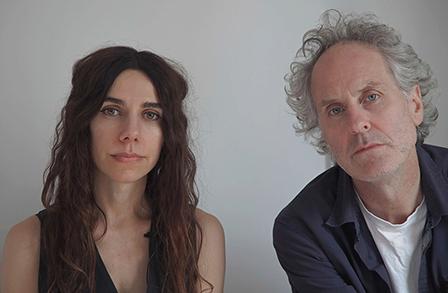Distances
PJ Harvey publishes her first book of poetry, a collaboration with photographer Seamus Murphy.
BY Ruth Graham



The year 2015 turned out nearly enough books by female rock stars to form a supergroup: Kim Gordon’s Girl in a Band, Chrissie Hynde’s Reckless, Carrie Brownstein’s Hunger Makes Me a Modern Girl, and Patti Smith’s M Train. Now comes English singer-songwriter PJ Harvey with a different approach: a poetry collection based on her travels to Kosovo, Afghanistan, and Washington, DC.
The Hollow of the Hand is a collaboration with the photographer Seamus Murphy, whose photos of the three locations taken over the course of 19 years are reproduced within. Murphy has shot in such volatile places as Syria and Libya and has covered the Ebola outbreak and the Mexican drug war. Although his focus on documenting war-torn and hard-hit areas might not seem the likeliest of pairings with poetry, Murphy sees a natural connection between writing and his own work. “I think poetry and photography are so well suited,” he said recently. “They both have this economy, they both capture a frozen moment.” In 2012, he traveled to Afghanistan with the poet Eliza Griswold to collaborate on a project for Poetry magazine about landays, a couplet form that thrives among Pashtun women along the border with Pakistan.

Ruth Graham is a journalist in New Hampshire.


